Barney Bear
6 /10 1 Votes
Country United States | Language English | |||||||||||||||||||||||||||||||||
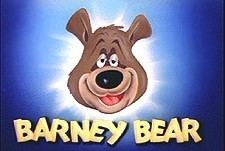 | ||||||||||||||||||||||||||||||||||
Director Rudolf IsingGeorge GordonPreston Blair and Michael LahDick Lundy Release date June 10, 1939 - July 31, 1954 | ||||||||||||||||||||||||||||||||||
Barney Bear is an American animated series of animated cartoon short subjects produced by Metro-Goldwyn-Mayer cartoon studio. The title character is an anthropomorphic cartoon character, a sluggish, sleepy bear who often is in pursuit of nothing but peace and quiet.
Contents
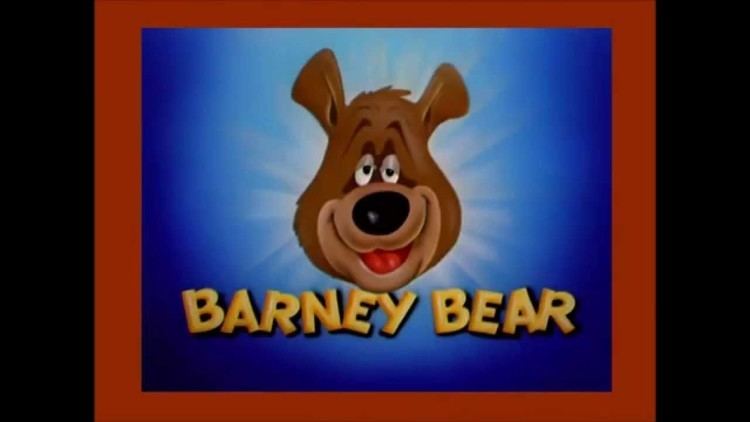
The character was created for Metro-Goldwyn-Mayer by director Rudolf Ising, who based the bear's grumpy yet pleasant disposition on his own and derived many of his mannerisms from the screen actor Wallace Beery. The character was voiced by Rudolf Ising from 1939 to 1941, Pinto Colvig in 1941, Billy Bletcher from 1944 to 1948, Paul Frees from 1952 until 1954, Frank Welker from 1980 to 1981, Lou Scheimer from 1981 to 1982, and Richard McGonagle from 2012 to 2013. Barney Bear made his first appearance in The Bear That Couldn't Sleep in 1939, and by 1941 was the star of his own series, getting an Oscar nomination for the 1941 short The Rookie Bear. Ising left the studio in 1943.
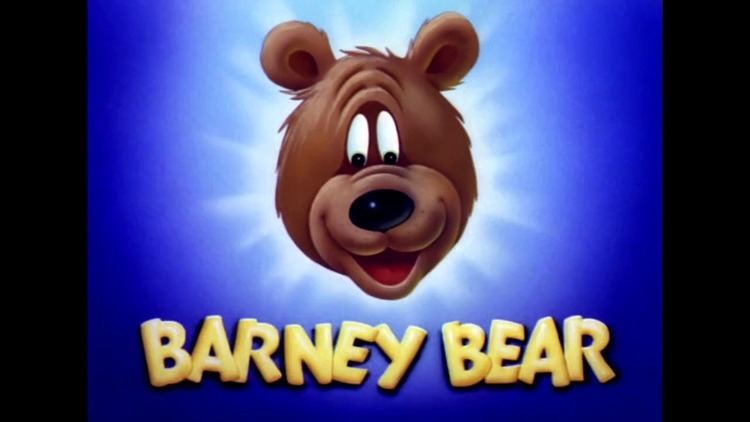
Ising's original Barney design contained a plethora of detail: shaggy fur, wrinkled clothing, and six eyebrows; as the series progressed, the design was gradually simplified and streamlined, reaching its peak in three late 1940s shorts, the only output of the short-lived directorial team of Preston Blair and Michael Lah. These cartoons tended to have a hint of Tex Avery's influence and more stylized, rubbery movements—which wasn't surprising, as both worked as animators (and Lah ultimately as co-director) on several of Avery's pictures. Avery himself never directed a Barney short. The last original Barney Bear cartoons were released between 1952 and 1954, and Dick Lundy was responsible for those. In the films from the late 1940s and early 1950s, Barney's design was streamlined and simplified, much the same as those of Tom and Jerry were.
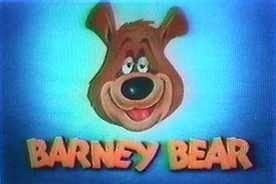
In the 1941 cartoon The Prospecting Bear, Barney is paired with a donkey named Benny Burro. Though Benny would only make two further cartoon appearances, he would later feature as Barney's partner in numerous comic book stories.
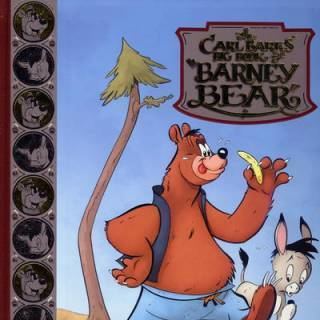
The 1952 cartoon Rock-a-Bye Bear by Tex Avery features his irritable, obnoxious, noise-sensitive twin brother, Joe Bear (voiced by Daws Butler). Also, in the 1944 Tex Avery cartoon Screwball Squirrel, Barney Bear is mentioned by Sammy Squirrel as he talks to Screwy Squirrel at the beginning.
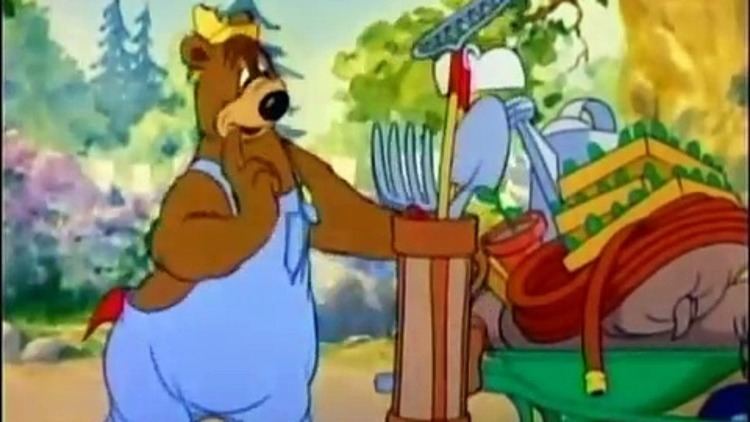
The 1953 cartoon Barney's Hungry Cousin is the first known mentioning of Jellystone Park, the later home of Hanna-Barbera's Yogi Bear. Like Yogi, the titular cousin eats (often by theft) copious amounts of other people's food (including Barney).
Barney Bear would not appear in new material again until Filmation's The Tom and Jerry Comedy Show in 1980. More recently, Barney Bear appeared in the direct-to-video films Tom and Jerry: Robin Hood and His Merry Mouse in 2012 and in Tom and Jerry's Giant Adventure in 2013. Giant Adventure once again paired Barney with Benny Burro. Barney Bear also made cameo appearances in Tom and Jerry Meet Sherlock Holmes in 2010 and Tom and Jerry: Back to Oz in 2016.
Plot
The series begins with the title character, Barney Bear, usually trying to accomplish a task in his series, but is also a bit lazy, but not too lazy. But, Barney tends to over-do or do his task the wrong way. He also has a hard time going to sleep, but when he finally does go to sleep, he is a heavy sleeper. Mostly he doesn't talk, but sometimes he does talk. At times he pairs with a donkey named Benny Burro, a curious donkey who accompanies Barney on several occasions, but mostly when he's in the west. Benny Burro never spoke, but he did talk in comic books.
Controversy
Like many animated cartoons from the 1930s to the early 1950s, Barney Bear featured racial stereotypes. After explosions, for example, characters with blasted faces would resemble stereotypical blacks, with large lips and bow-tied hair. Cartoon Network would usually censor them, like in The Little Wise Quacker, when the rocket firework exploded and Barney turns black, he rocked the duckling and singing Shortnin' Bread.
MGM filmography
Home media
A selection of Barney Bear cartoons have been released on VHS tapes and Happy Harmonies Cartoon Classics laserdisc by MGM/UA Home Video in the 1980s and 1990s.
By 2017, most of the Barney Bear shorts were available on the Boomerang streaming app.
Comic books
Barney Bear began appearing in comic books in 1942. Dell Comics licensed various MGM characters, including Barney Bear. He appeared in backup stories in Our Gang Comics (1942–49) starting in the first issue; then—from 1949—in Tom and Jerry Comics (later just Tom and Jerry) and its spinoffs. From Our Gang #11-36 (1944-1947), Carl Barks took over the writing and drawing of the series. Barks regularly teamed Barney up with Benny Burro; later, the obnoxious neighbor Mooseface McElk was also introduced.
Mooseface was created for Barks by Western Publishing colleague Gil Turner, who wrote and drew the Barney stories for several years after Barks' run ended. Later, post-Turner talents introduced other characters, including Barney's nephews Fuzzy and Wuzzy.
In 2011, Yoe Books issued a hardback volume collecting Carl Barks' work on the series.
